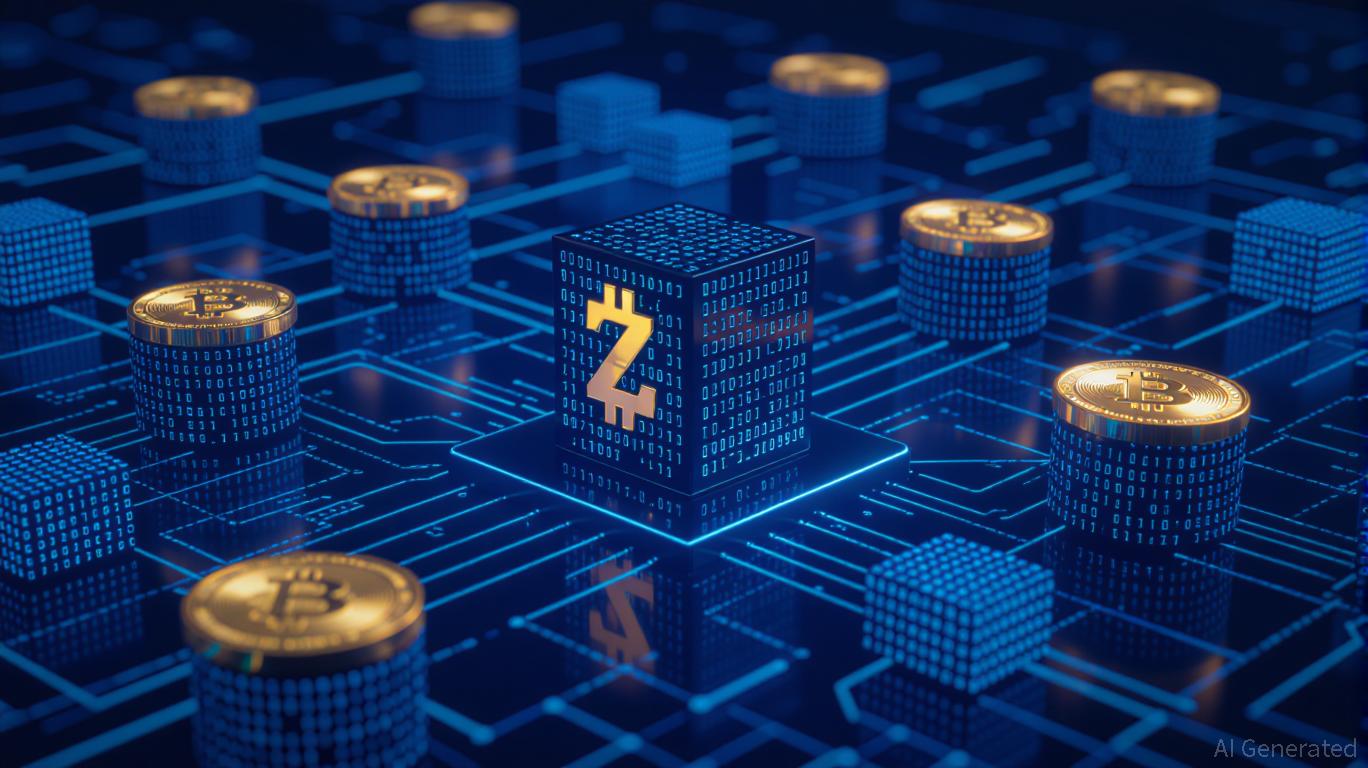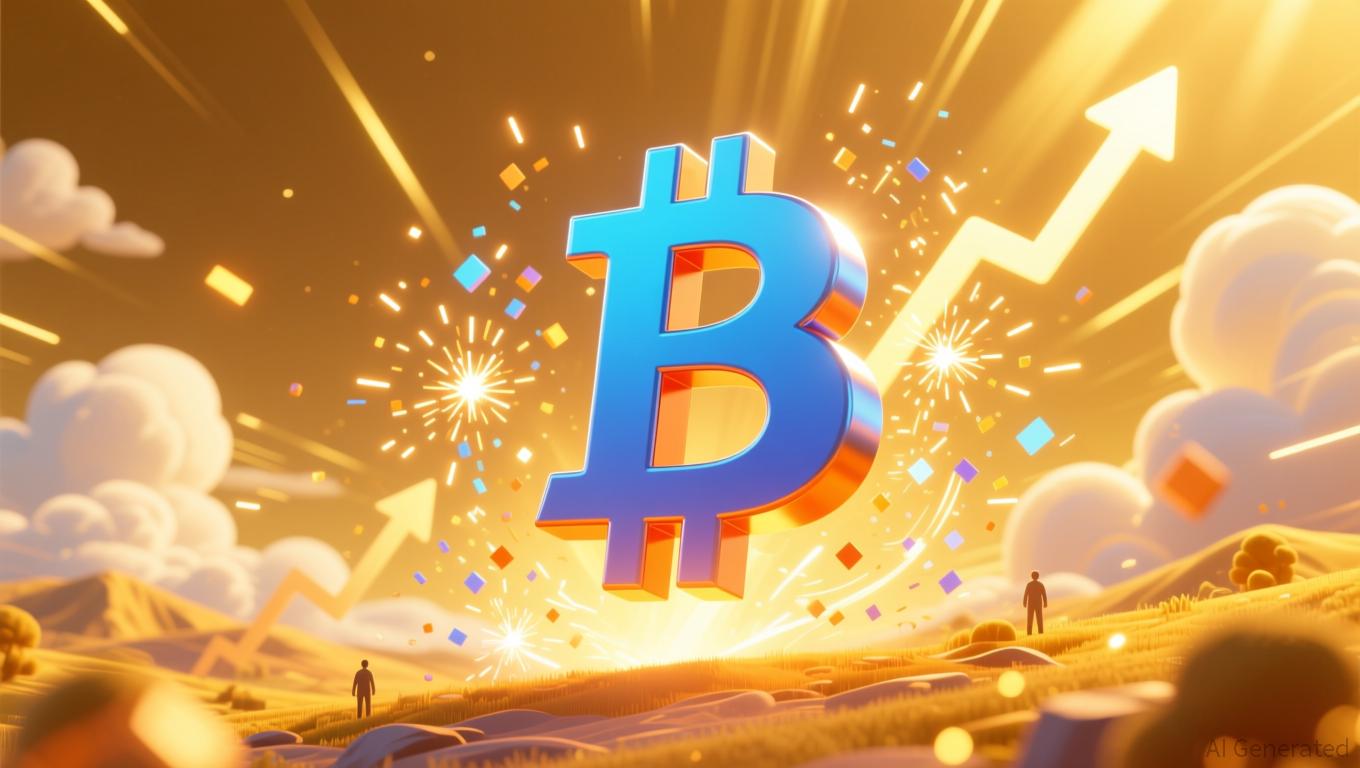Trump Rolls Back Tariffs in Bid to Curb Inflation, Prompting Backlash from Politicians and Industry Leaders
- Trump reversed food tariffs on beef, coffee, and bananas to curb soaring grocery prices and public cost concerns. - The policy shift followed Democratic election gains and economic warnings about inflation from high duties on imports. - Cattle ranchers criticized the move as conflicting with "America First" rhetoric, while Australia and Brazil welcomed tariff cuts. - Economists debate long-term impacts, with some predicting higher prices as supply chains adjust post-tariff reductions.
Donald Trump has made a significant change to his trade approach, reducing tariffs on items such as beef, coffee, bananas, and other food imports in an effort to tackle rising grocery costs and address growing public concerns about the cost of living. The executive order, which is retroactively effective from November 13, eliminates tariffs on more than 100 food items, including essentials like beef, coffee, and tropical fruits,
This move signals a practical adjustment to Trump’s trade priorities. The administration had originally justified tariffs as a way to "boost U.S. investment and manufacturing," but both economists and business leaders have repeatedly cautioned that tariffs on food imports—such as a 50% duty on Brazilian coffee and a 10% base tariff on imports worldwide—have

The White House credited the policy reversal to "significant progress" in trade talks with Argentina, Ecuador, Guatemala, and El Salvador, which allowed U.S. businesses greater access to their markets in return for lower tariffs
Reactions from abroad were varied. Australia, a leading beef exporter, welcomed the end of 10% tariffs on its farm goods, with trade officials describing the tariffs as "an act of economic self-harm"
Experts remain split on the long-term effects. The Tax Foundation noted that before these changes, 74% of U.S. food imports were subject to tariffs
This policy change has also reignited debate over Trump’s overall tariff strategy. While the president promised to use tariff revenue to fund $2,000 rebate checks
As the administration works through these issues, the rollback of food tariffs highlights a broader recognition that trade policies can both increase and decrease costs—a point economists have long stressed
Disclaimer: The content of this article solely reflects the author's opinion and does not represent the platform in any capacity. This article is not intended to serve as a reference for making investment decisions.
You may also like
Zcash Halving and Its Effects on the Market: Limited Supply, Investor Confidence, and the Value of Privacy
- Zcash's 2025 halving cut block rewards by 50%, driving a 750% price surge to $680 amid growing demand for privacy-focused assets. - Unlike Bitcoin's store-of-value narrative, Zcash's 28% shielded supply via zk-SNARKs created a "privacy premium" during crypto downturns. - Zcash's PoS transition stabilized mining economics, attracting ESG investors while Bitcoin's PoW model faces energy cost volatility. - Institutional adoption (Grayscale Zcash Trust, Zashi wallet) and regulatory resilience position Zcash

Ethereum Updates: Major Whale Amasses $140M in ETH Despite ETF Withdrawals, Igniting Market Discussion
- Ethereum whale "66kETHBorrow" deposits $140.2M in ETH into Binance and Aave V3, amassing 385,718 ETH ($1.33B) since November. - Whale's leveraged strategy includes $120M USDT borrowing from Aave, signaling high-conviction bets on ETH's price recovery amid market volatility. - Analysts debate risks vs. resilience: Some praise "4D chess" tactics, others warn of "speedrunning liquidation mode" due to aggressive leverage. - Whale's actions contrast with $183.77M ETF outflows, creating uncertainty as accumula

Ethereum Updates Today: Arthur Hayes Sells $2.5M—Are Institutions Seeing a Profit Opportunity?
- Arthur Hayes sold $2.52M in crypto assets, including 520 ETH and 2.62M ENA, four hours before a public post on Nov 16, 2025. - The sale, tracked by blockchain analytics, may signal institutional profit-taking, potentially pressuring Ethereum’s $3,000 support level. - ENA and ETHFI face short-term headwinds, with trading volumes surging 10–20% post-announcement. - Institutional ETH derivatives remain strong, but retail traders are advised to monitor technical indicators for market direction.

Bitcoin News Update: The Reason Kiyosaki Views Bitcoin and Gold as Shields Against the Collapse of Fiat Currency
- Robert Kiyosaki predicts Bitcoin could hit $250,000 by 2026, framing it as a hedge against fiat devaluation and global liquidity crises. - He cites Gresham's Law and Metcalfe's Law to justify accumulating gold , silver , and crypto as "real money" amid U.S. debt-driven monetary policies. - Market data like Bitcoin's MVRV ratio and institutional crypto ETF interest partially align with his bullish outlook, though risks from macroeconomic shifts remain. - Kiyosaki's contrarian strategy emphasizes buying du
